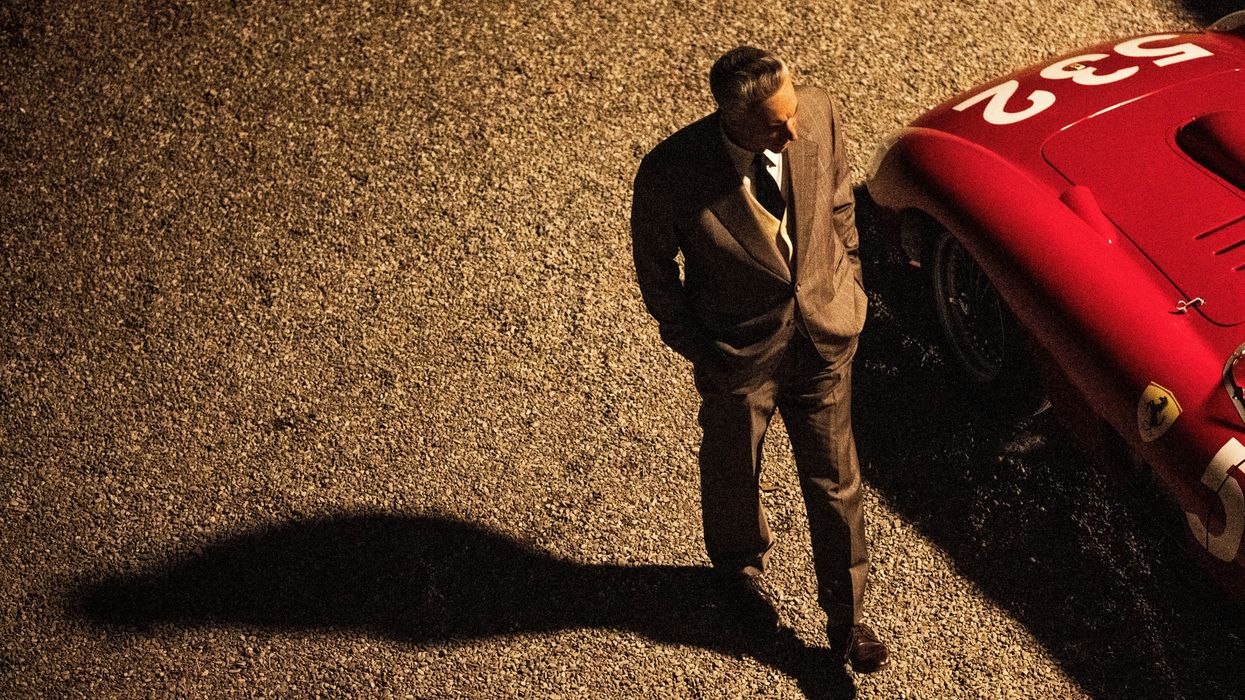10 Filmmaking Lessons Inspired by Michael Mann Movies
There's a lot to learn from this meticulous legend.

Ferrari
Michael Mann movies make you feel like you're on a fast boat ride from Cuba to Miami with a bunch of undercover cops.
They're intense, full of life, and meticulously crafted.
From the neon-soaked streets of Miami Vice to the intense heist sequences in Heat, Mann's work is a masterclass in various aspects of film.
Here are ten filmmaking lessons we can draw from his illustrious career.
10 Filmmaking Lessons Inspired by Michael Mann Movies
Mann has crafted a career that spans several decades, marked by a profound understanding of both the art and craft of movie-making. His work is characterized by its meticulous attention to detail, innovative use of digital technology, and a unique narrative style that often explores complex characters and themes.
His films, ranging from crime dramas to historical epics, are celebrated for their intense, atmospheric storytelling and visually striking cinematography.
That's why I think we have a lot to learn from his famous films.
1. Mastering Visual Storytelling
Example: Collateral
Mann's Collateral is a stunning example of visual storytelling. Through contrasting color palettes, he illustrates the duality between Tom Cruise's cold hitman and Jamie Foxx's everyday cab driver. The use of night-time Los Angeles as a backdrop adds an extra layer of narrative depth.
2. Creating Memorable Characters
Example: "Heat"
In Heat, Mann crafts deeply complex characters. The cat-and-mouse game between Al Pacino's detective and Robert De Niro's thief offers insights into their psyches, making them unforgettable.
3. Utilizing Authentic Detail
Example: The Insider
Mann's commitment to authenticity is evident in The Insider. Realistic dialogue, settings, and character interactions rooted in true events add a layer of believability that enhances the story's impact.
4. Elevating Tension through Sound Design
Example: Miami Vice
In Miami Vice, the sound design is integral to building suspense. The blend of ambient sounds and a pulsating soundtrack mirrors the high-stakes world the characters inhabit.
5. Innovative Use of Digital Filmmaking
Example: Public Enemies
This movie showcases Mann's pioneering use of digital filmmaking. The digital format brings a raw, immediate quality to the 1930s gangster era, making it feel contemporary and urgent.
6. Crafting Realistic Action Sequences
Example: Heat
The bank heist scene in Heat is renowned for its realism. Mann's meticulous planning and use of real-life tactics create an action sequence that feels authentic and intense.
7. Exploring Themes of Isolation and Identity
Example: Thief
Mann's debut feature, delves into themes of isolation and identity. The protagonist's struggle to find his place in the world is a recurring theme in Mann's work, adding depth to his narratives.
8. Implementing Stylized Cinematography
Example: Manhunter
Mann uses stylized cinematography to enhance the psychological thriller aspect. The use of color and unconventional camera angles creates a sense of unease and intrigue.
9. Focusing on Moral Ambiguities
Example: Ferrari
Mann often explores moral ambiguities. I nthis movie, the lines between the business, family, and commitments to excellence challenging the audience to consider the complexities of right and wrong.
10. Building Dense, Layered Stories
Example: The Last of the Mohicans
This movie exemplifies Mann's ability to create dense, layered stories. Historical context, personal dramas, and epic landscapes combine to form a rich narrative tapestry.
Let me know your favorites in the comments.
- 10 Filmmaking Lessons From This Season of Project Greenlight ›
- How Did 'Heat' Inspire Nolan to Make Gotham a Character in 'The Dark Knight'? ›
- Read and Download Michael Mann Screenplays ›











